FOOD ADDITIVE SAFETY
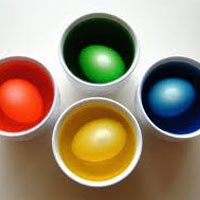
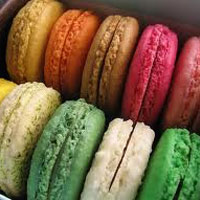
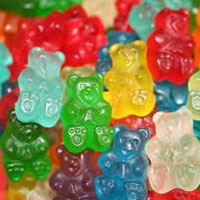

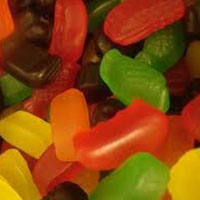
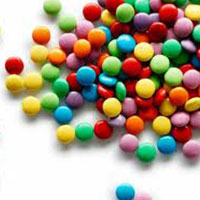
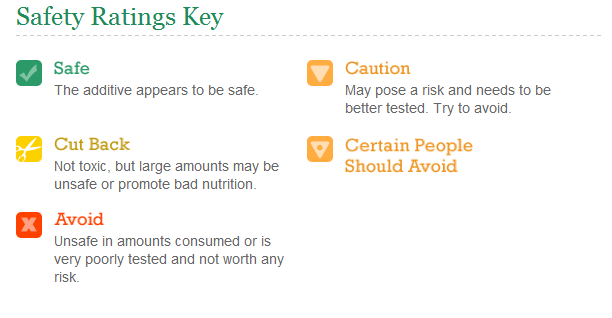


Safety of All Food Additives
They and their by-products ultimately become part of the food that is consumed, and so they must be safe. Additives may be direct additives, which are added deliberately to improve its sensory quality, nutritive value, stability, ease in processing and retention of quality during handling and retailing. There are also indirect additives, which are not added intentionally but get included into foods incidentally during handling, processing and packaging. There are some guiding principles for the use of food additives. They should be justified for their technological effectiveness and purpose. They should be safe for use. There should be maximum adequate levels, absolutely necessary levels of usage and ADI (Acceptable Daily Intake) properly evaluated while considering its safety and permitted usage levels in foods.
They should not be added to mislead consumers about quality.
They should also not significantly affect adversely the nutritional quality of food products.
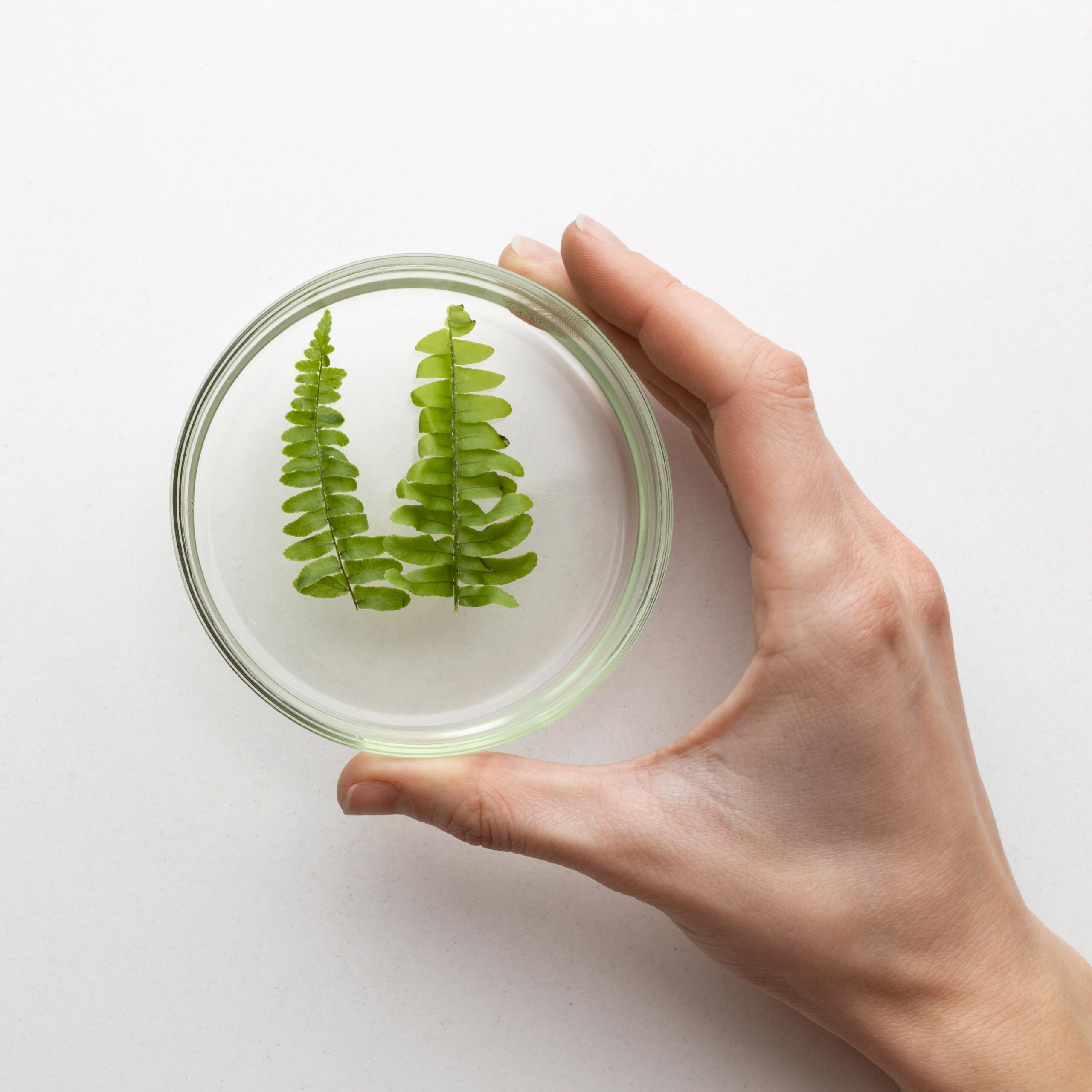
Preservatives:
These additives prevent food spoilage by inhibiting the growth of microorganisms like bacteria and fungi. Examples include sodium benzoate and sulfites.
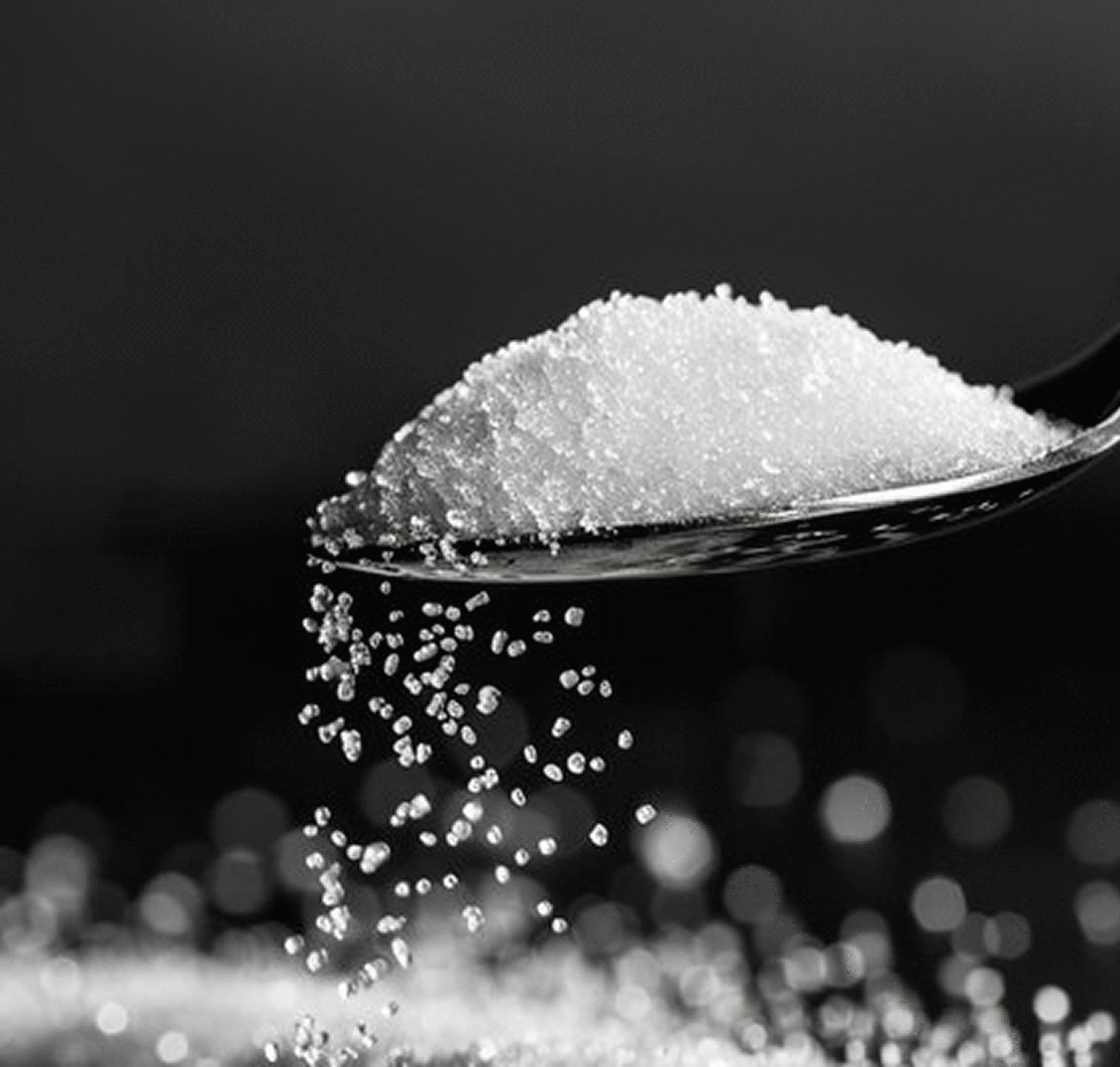
Sweeteners:
These additives add sweetness to food and beverages. They can be natural (like sugar and honey) or artificial (like aspartame and sucralose).
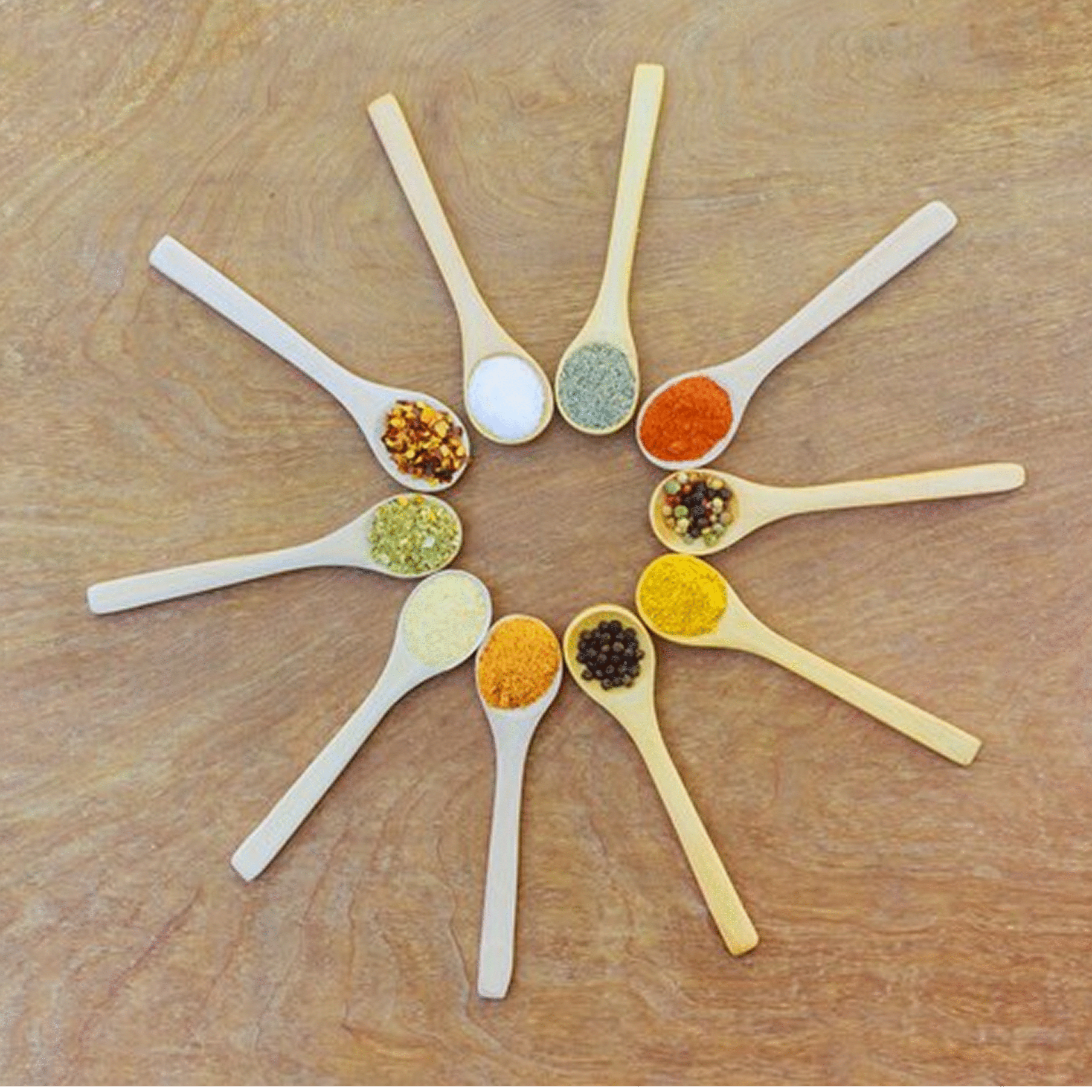
Colourings:
These additives are used to enhance the visual appeal of food by adding or restoring colour. Common examples include food coloring like Red 40, Yellow 5, and Yellow 6.

Flavourings:
These additives enhance or modify the taste and aroma of food. They can be natural or artificial, and can include ingredients like MSG (monosodium glutamate).
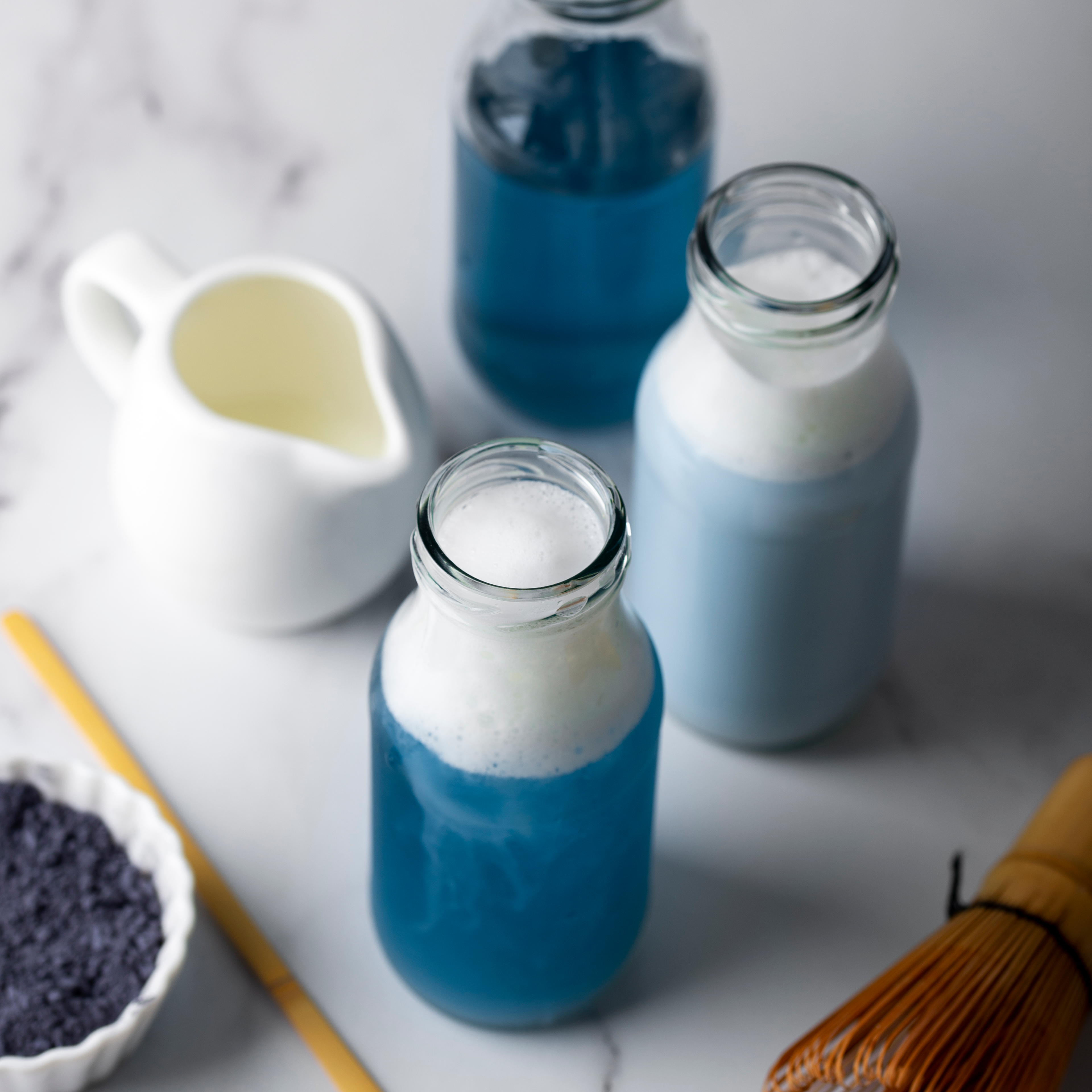
Emulsifiers, Stabilisers, and Thickeners:
These additives help to create a uniform texture in food products, preventing ingredients from separating. Examples include lecithin, xanthan gum, and carrageenan.
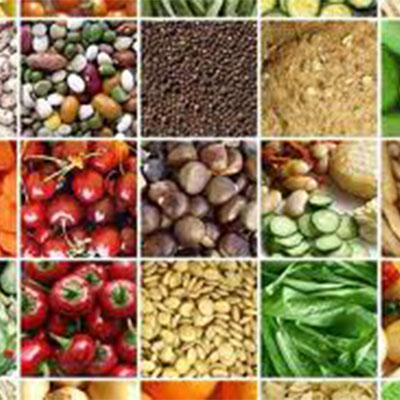
Safety Assessment Process:
JECFA Evaluation:
JECFA assesses the safety of food additives, considering all available data, including toxicological and biochemical studies.
National Authorisation:
National authorities then authorise the use of additives based on these assessments, specifying the foods and permitted levels.
Acceptable Daily Intake (ADI):
The ADI is a crucial factor in determining safety, representing the amount of an additive that can be consumed daily over a lifetime without adverse health effects.
Weight of Evidence:
Safety assessments rely on the weight of scientific evidence, meaning the more robust the evidence, the more likely an additive will be approved.
Key Considerations:
Potential Risks:
Some additives may cause adverse reactions in sensitive individuals, such as allergic reactions or hyperactivity.
Natural Occurrence:
Many food additives also occur naturally in foods, and their safety is evaluated similarly.
Combination Effects:
The long-term effects of consuming multiple additives in combination are still being researched.
Responsible Use:
Responsible use of additives, including adhering to permitted levels, is essential for ensuring their safety.
In summary, food additives are carefully evaluated for safety, and their use is regulated to protect public health. While some individuals may experience sensitivities, additives are generally considered safe when used as directed
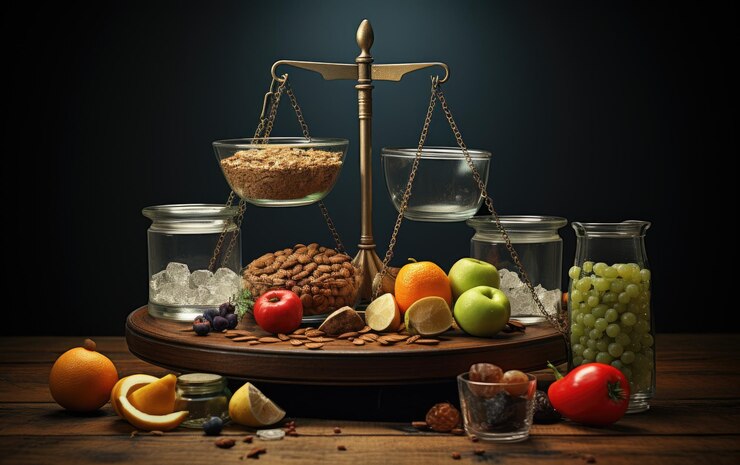
In Islamic dietary laws, food additives are permissible as long as they are derived from halal (lawful) sources and processed according to Islamic guidelines. Many common food additives, like certain emulsifiers (E470-E483), glycerol/glycerin (E422), and edible bone phosphate (E542), can be haram (forbidden) if derived from pork or non-halal meat sources.
Key Considerations:
Source Matters:
The origin of the additive is crucial. For example, gelatin, often used as an emulsifier, is permissible if derived from halal-slaughtered animals but not if from pork.
Processing is Key:
Even if the raw material is halal, the processing method must also be compliant with Islamic law.
Specific Additives:
Some additives, like certain coloring agents (e.g., Cochineal/Carminic acid – E120), can be halal if derived from permissible sources.
Mushbooh (Doubtful):
Some additives may be questionable (mushbooh) and require further investigation into their source and processing methods.
Halal Certification:
Look for halal certification marks on food products to ensure they meet Islamic dietary requirements.
Examples of Halal and Haram Additives:
Halal:
Curcumin (E100), Riboflavin (E101), Tartrazine (E102), Sunset Yellow FCF (E110), Cochineal/Carminic acid (if derived from permissible sources).
Haram (potentially):
Glycerol/Glycerin (E422), Emulsifiers (E470 to E483), Edible Bone Phosphate (E542) if derived from pork or non-halal sources.
Mushbooh:
Lecithins (E322), Mono- and Diglycerides (E471), Glycerol Monostearate (E471, E472a-f).
General Rule: Additives that are known to be harmful or derived from forbidden sources (like pork products) are not permissible.
For a comprehensive guide, consult halal certification bodies or religious authorities for specific information on food additives”Haram” is an Arabic term meaning “forbidden” or “sinful” in Islamic law. It refers to actions or things that are prohibited for Muslims. This can include things like eating pork, drinking alcohol, adultery, murder, and any action that is disrespectful to others. The opposite of haram is halal, which means permissible or lawful.
